The Dirt Issue
Soil Structure
Interpreting soils by their intrinsic property, behavior, or genesis for diverse uses
5/25/2020
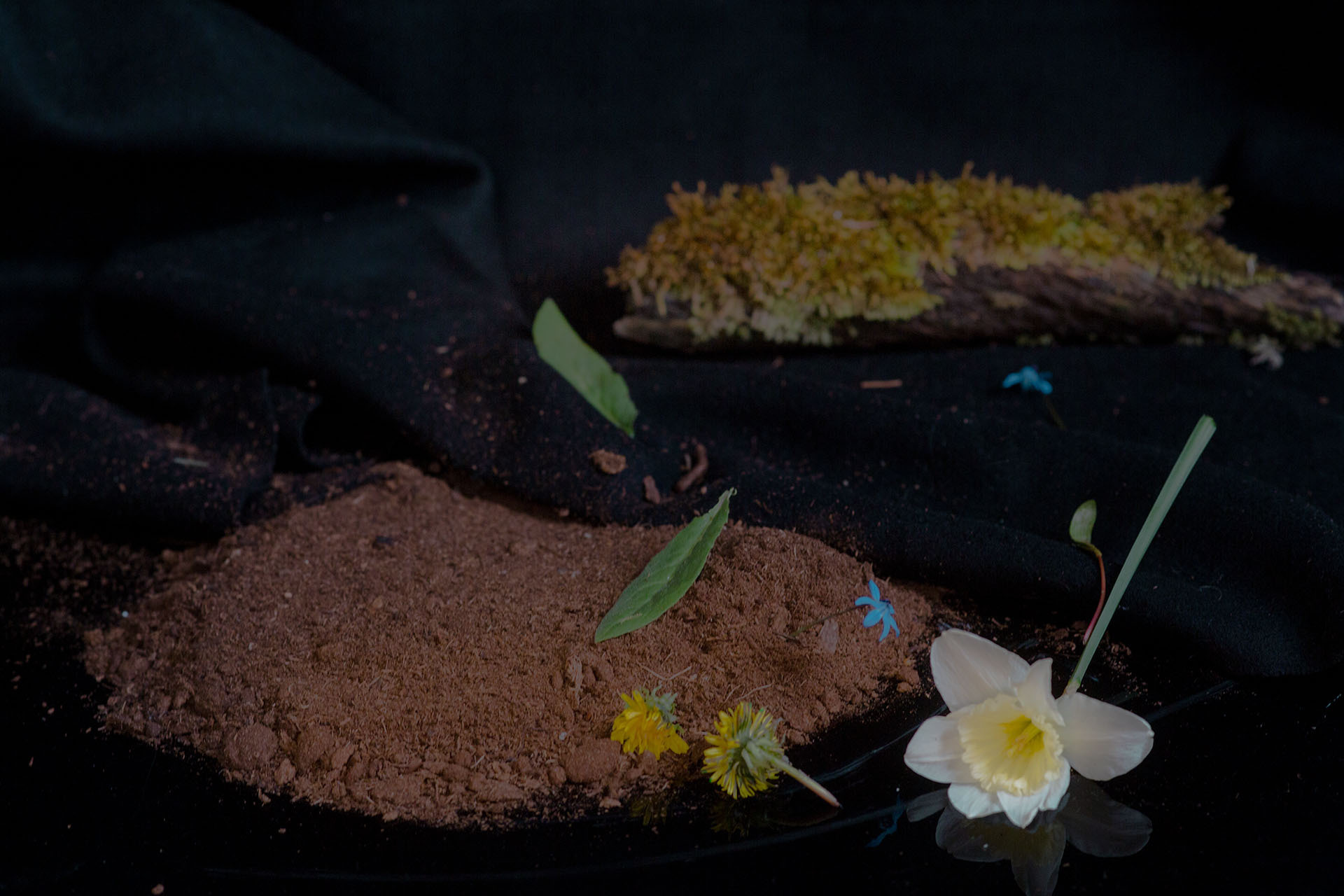
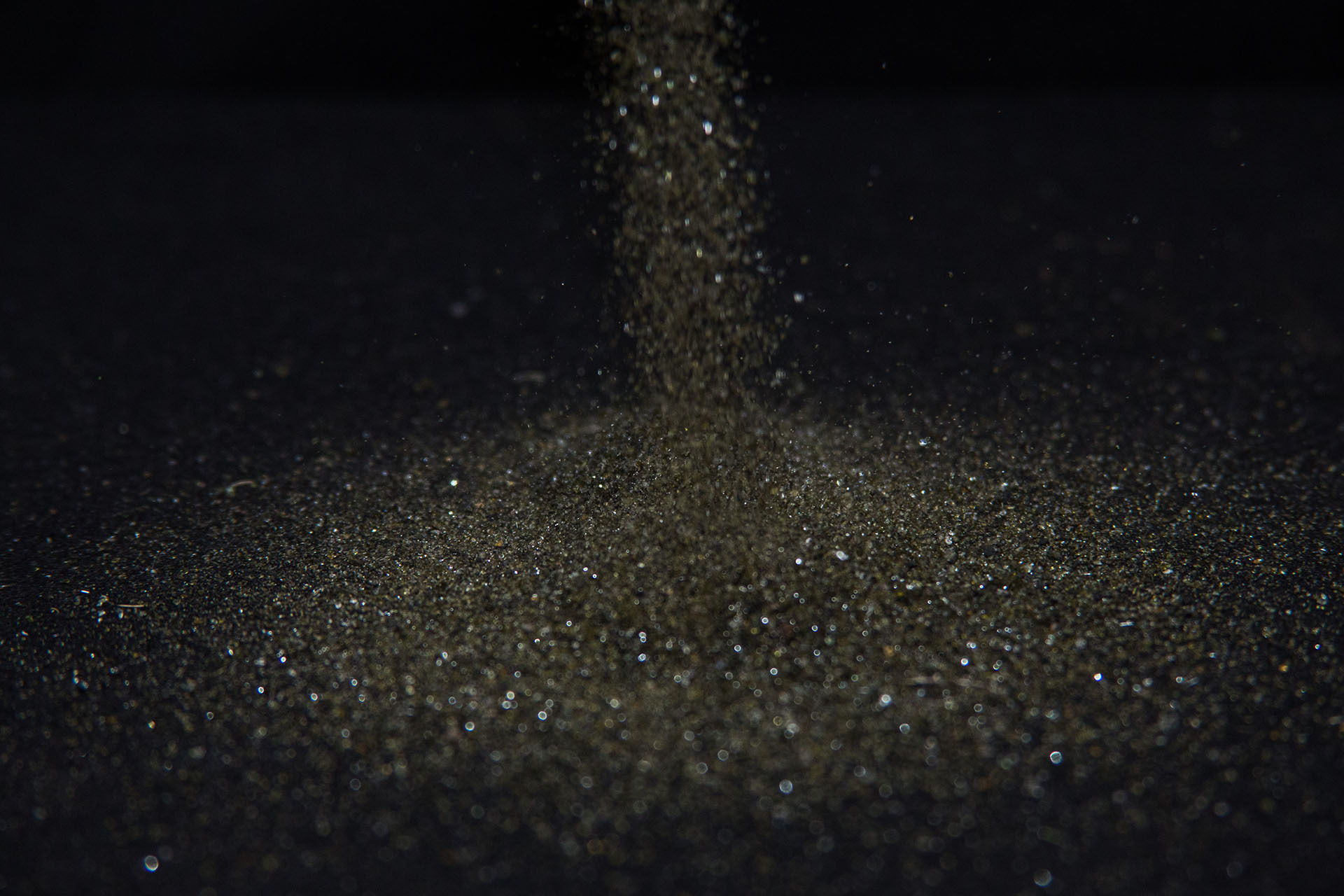
SILT
Also known as rock flour or stone dust, silt is the result of fluvial or glacial grinding. Silt begins as quartz, which breaks into very fine pieces over time. Silt travels easily in water, sometimes overwhelming and changing the color of entire waterways.
The Egyptian god Anubis is represented by the black fertile silt that was deposited after each flood season along the river Nile, indicative of new life.
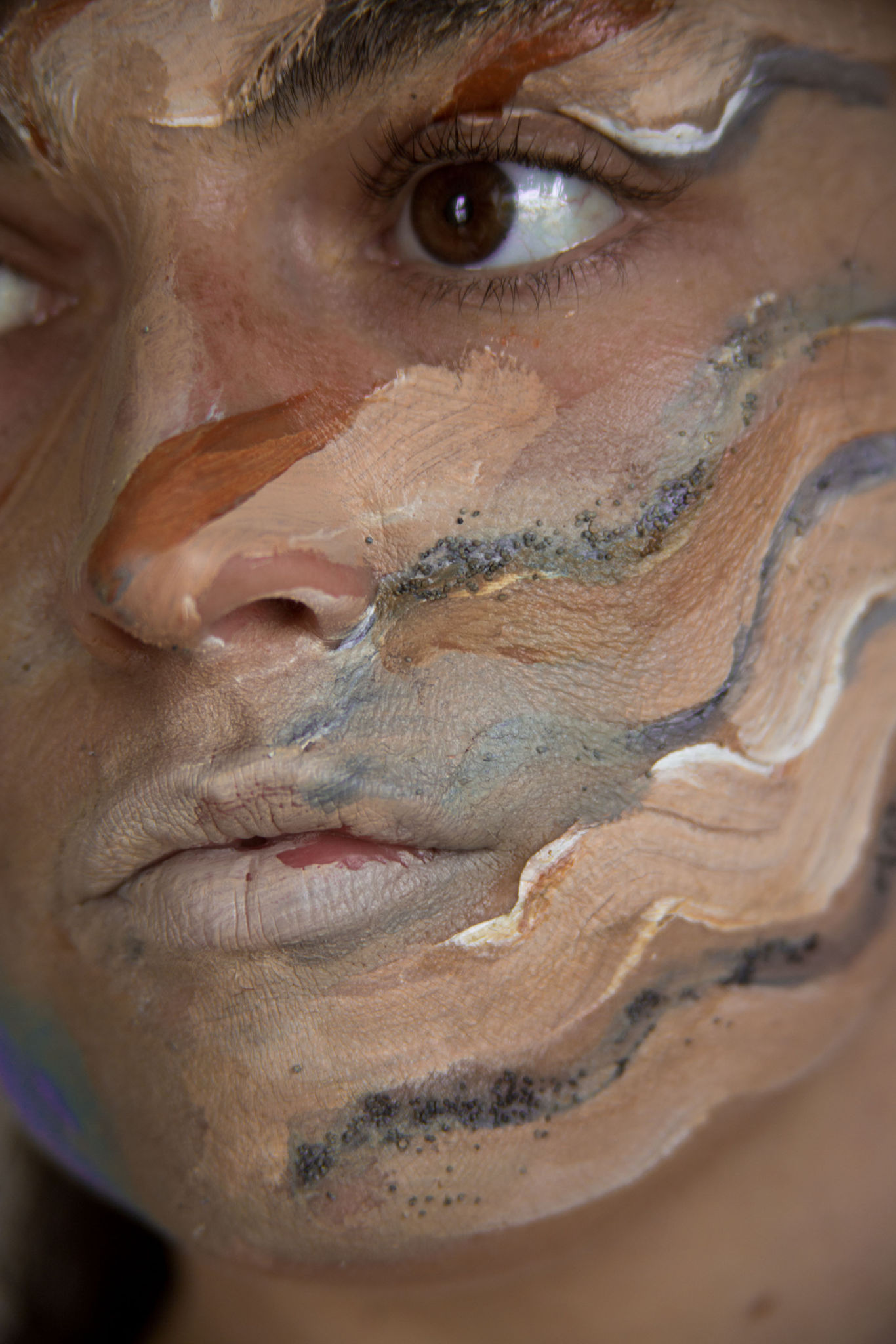
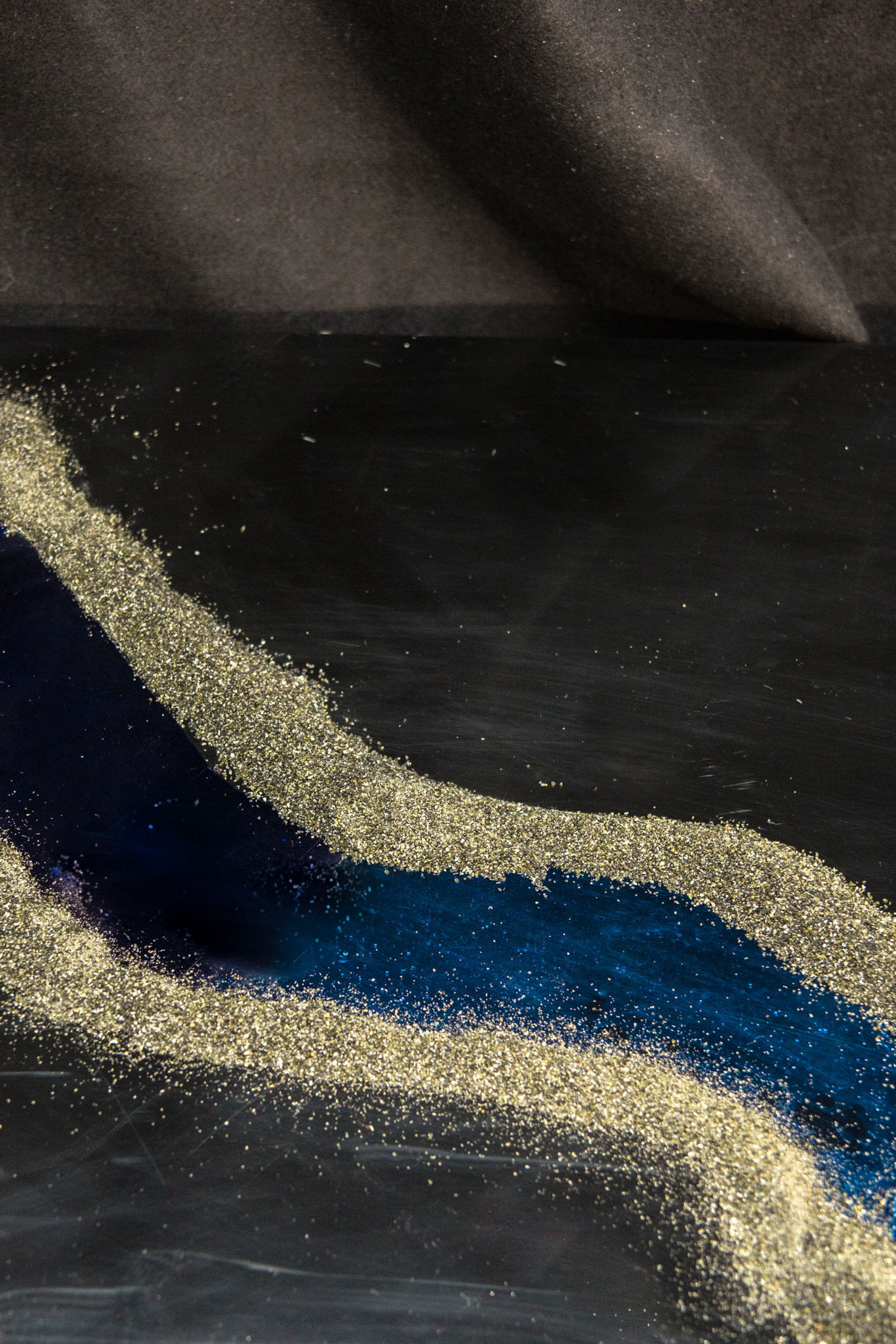
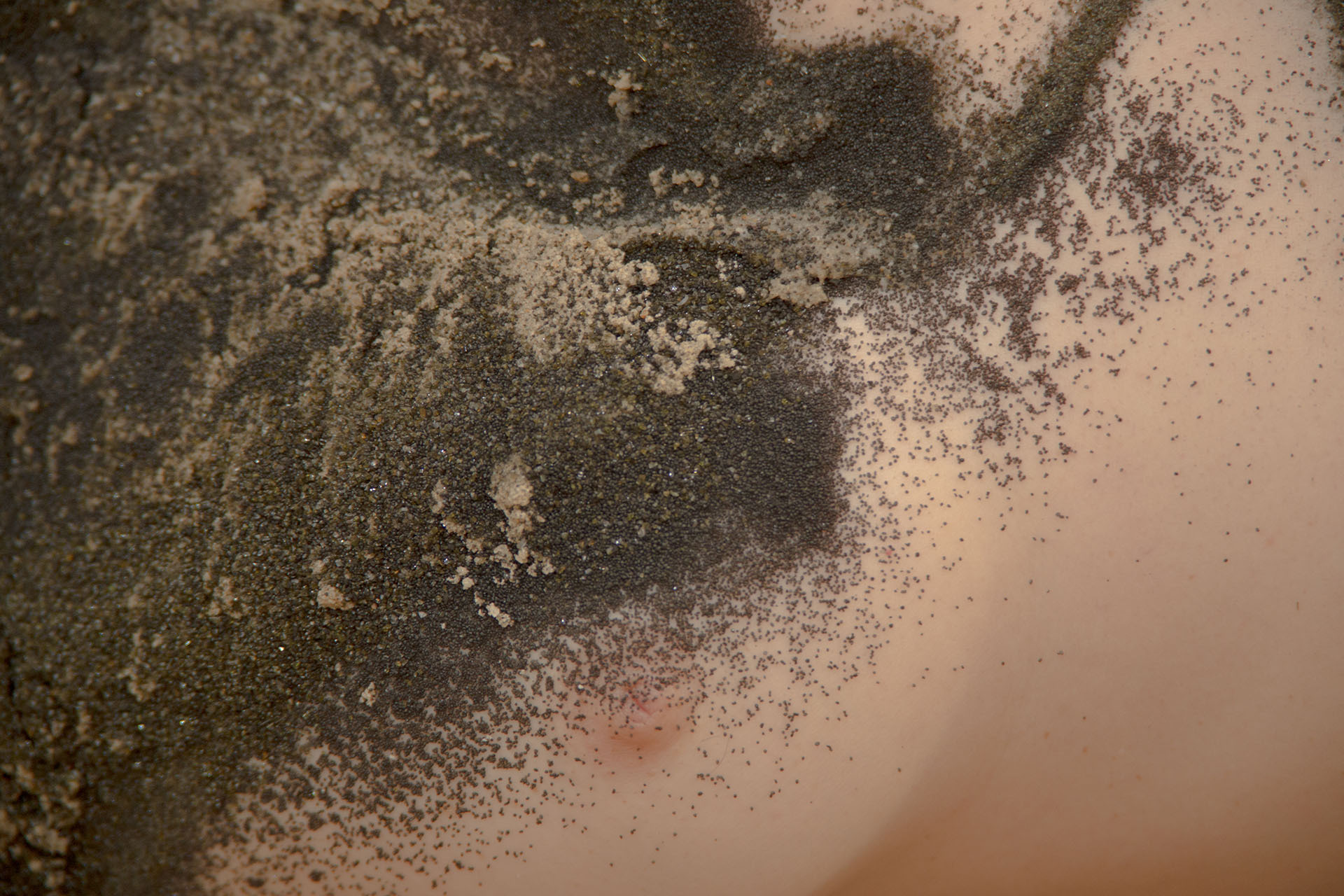
ALLUVIUM
Alluvium is sediment rock that has been eroded from its original context and deposited in non-marine locations. It is compiled mostly of silt, sand, clay, and gravel.
Its name derives from the Latin work alluvius, meaning “washed up.”
Alluvium holds water very effectively and is essential to recharging aquifers along the Mississippi River.
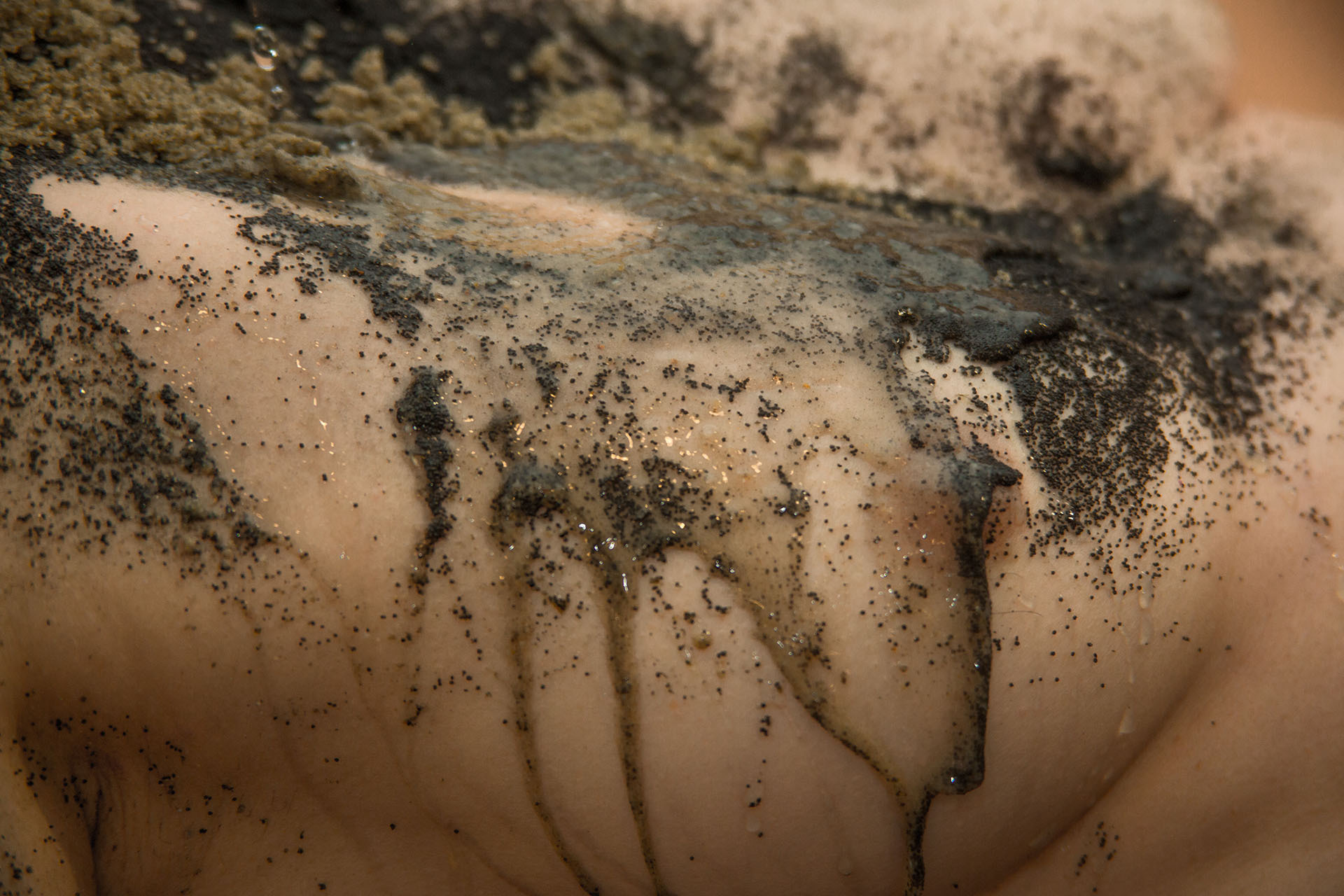
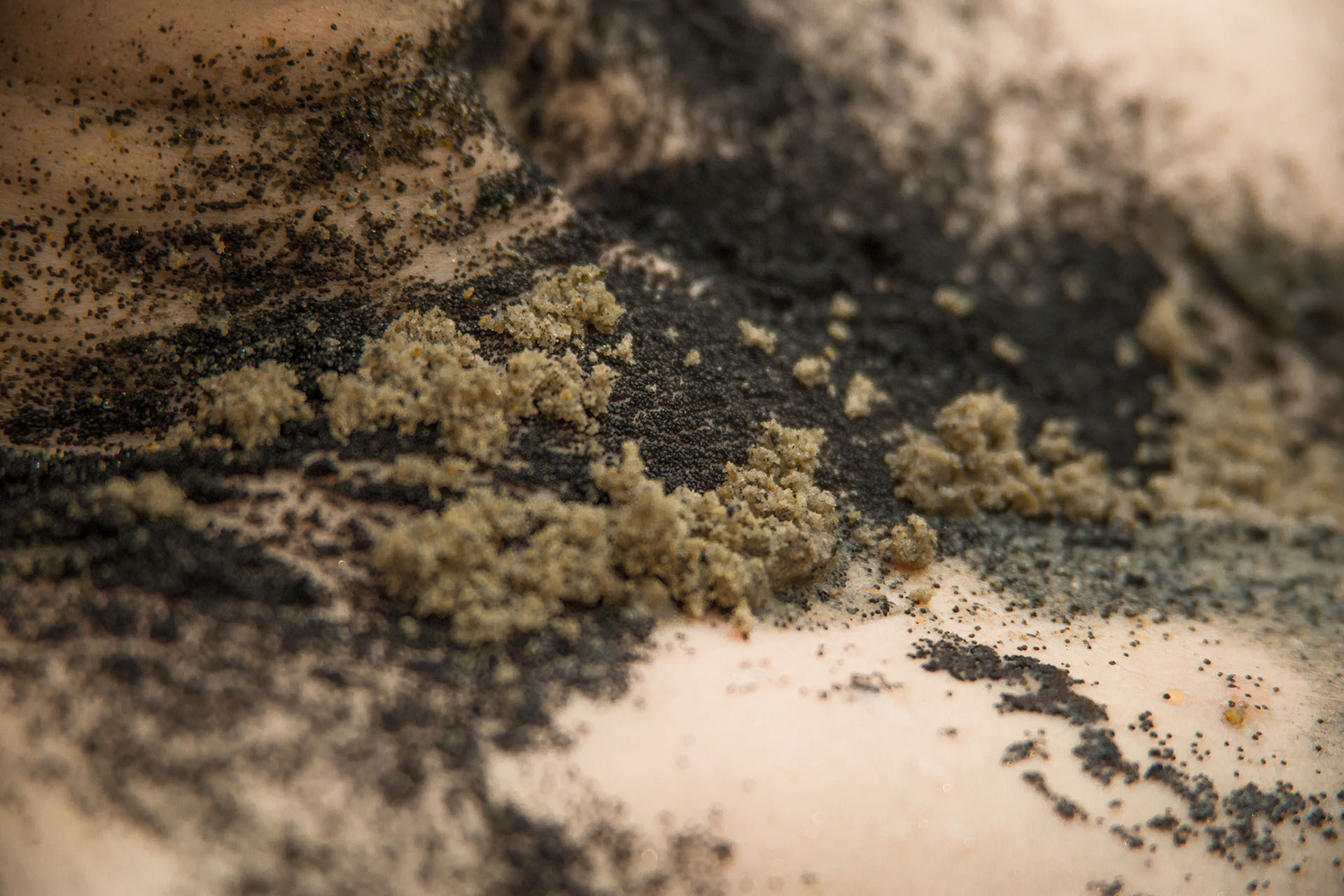
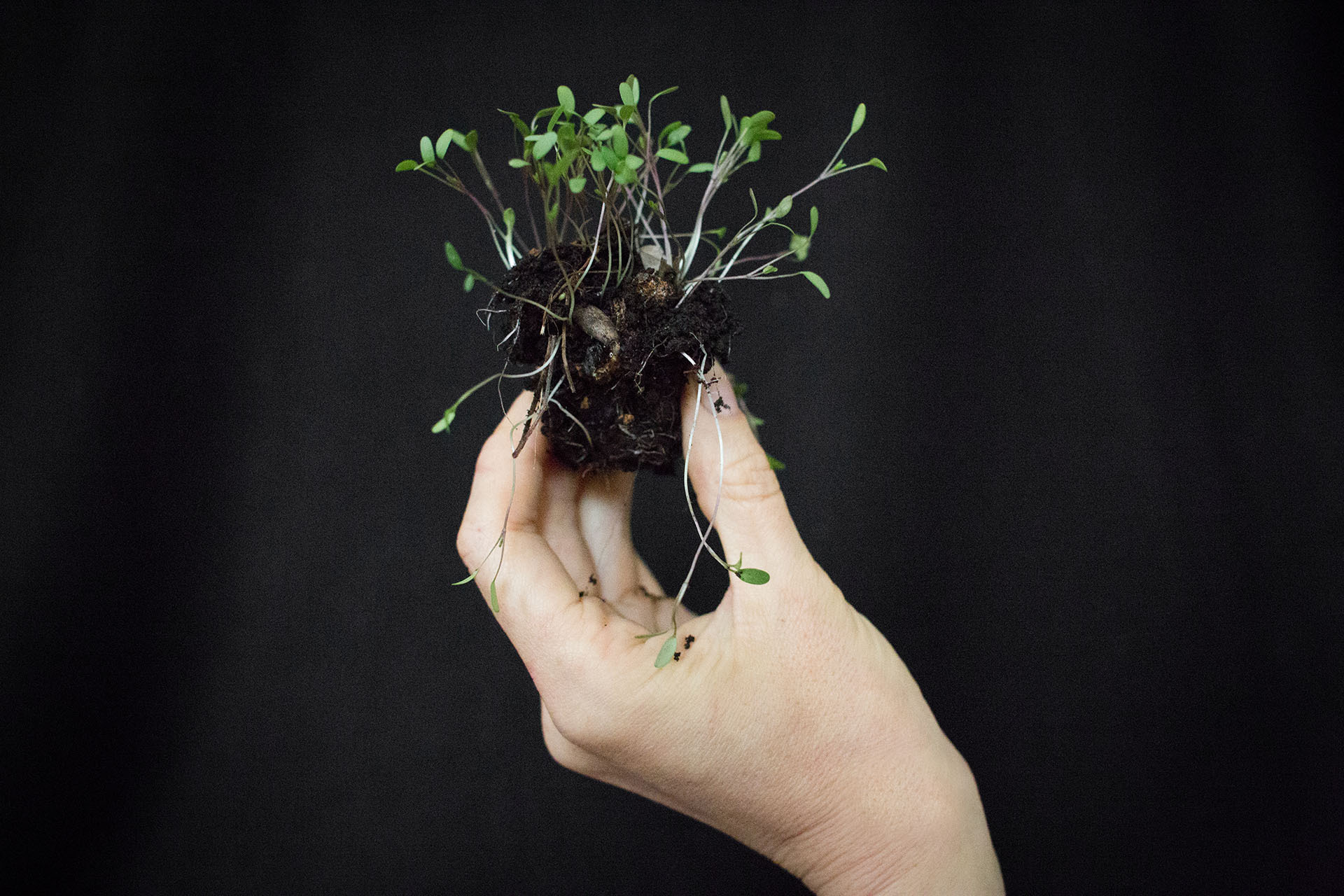
LOAM
Loam is the fertile soil of clay, sand and humus, or decayed organic material
Loam is one of the world's oldest building materials––when mixed with straw, it provides strength and temperature control.
It is ideal for farming because the different-sized particles in loam leave spaces for air and water to flow and roots to penetrate. Their roots feed on the minerals in the suspended water.

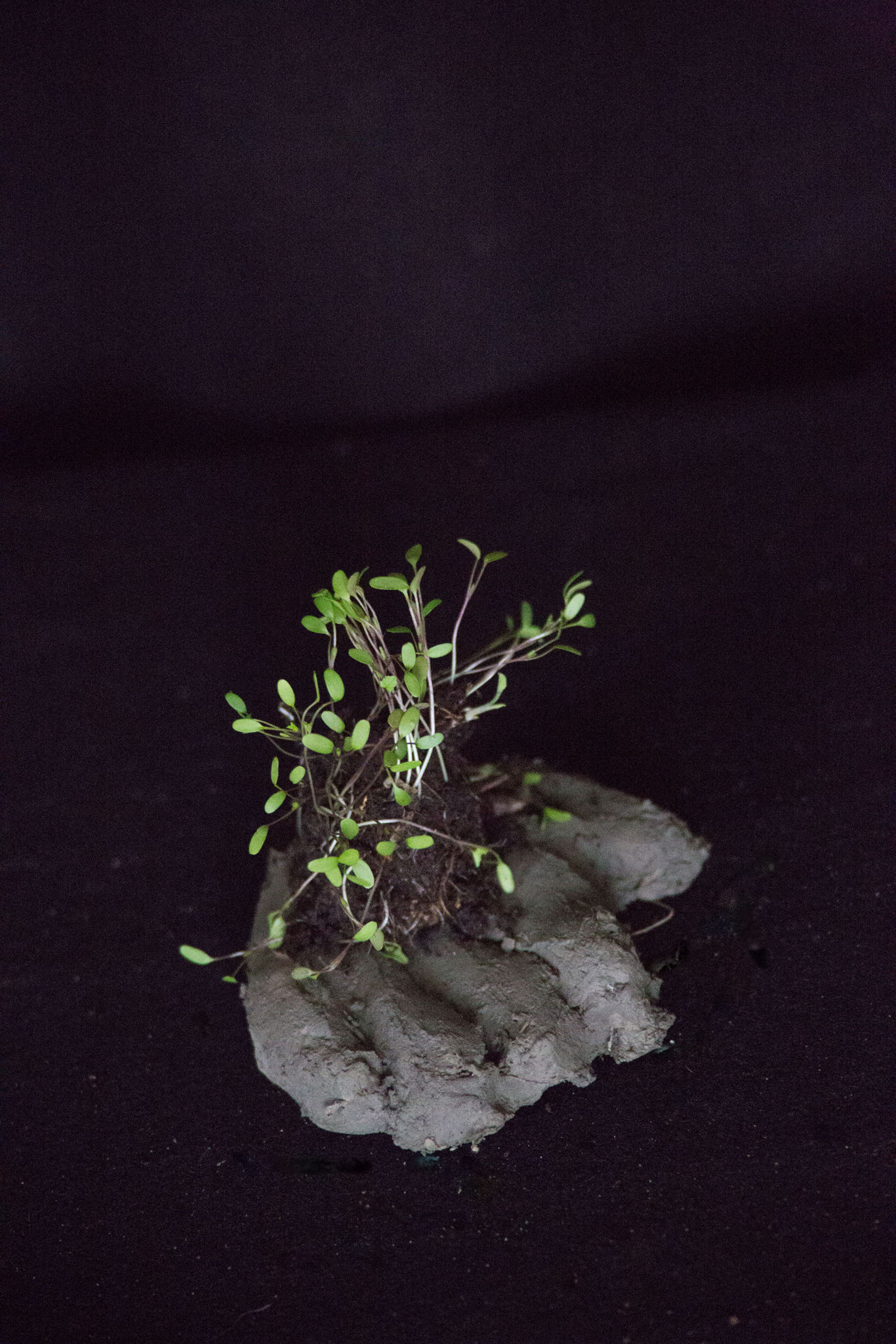
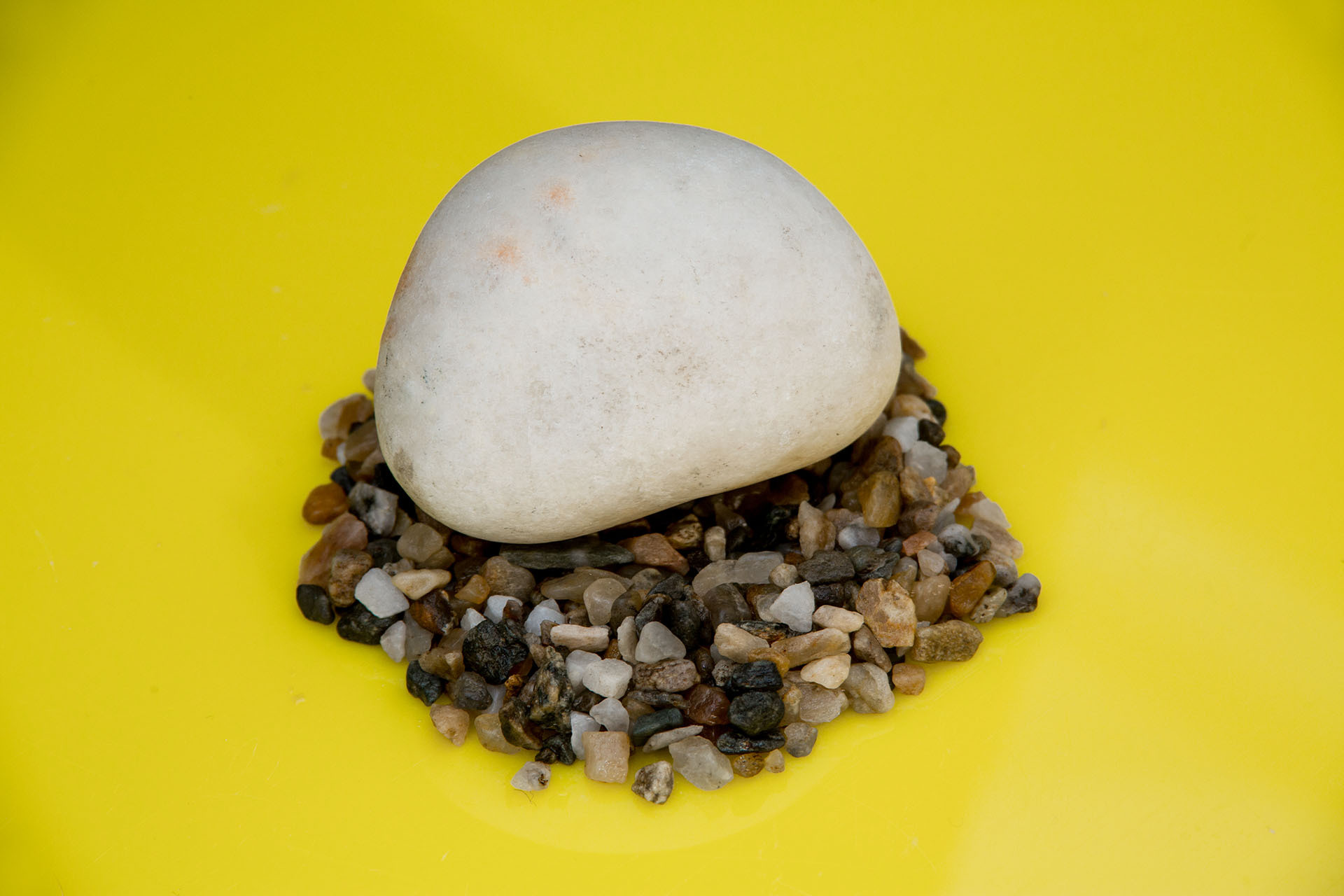
GRAVEL
Gravel is the by-product of worn-down rocks and stones.
Plantlife struggles to grow in gravel due to its inability to hold moisture and lack of mineral content.
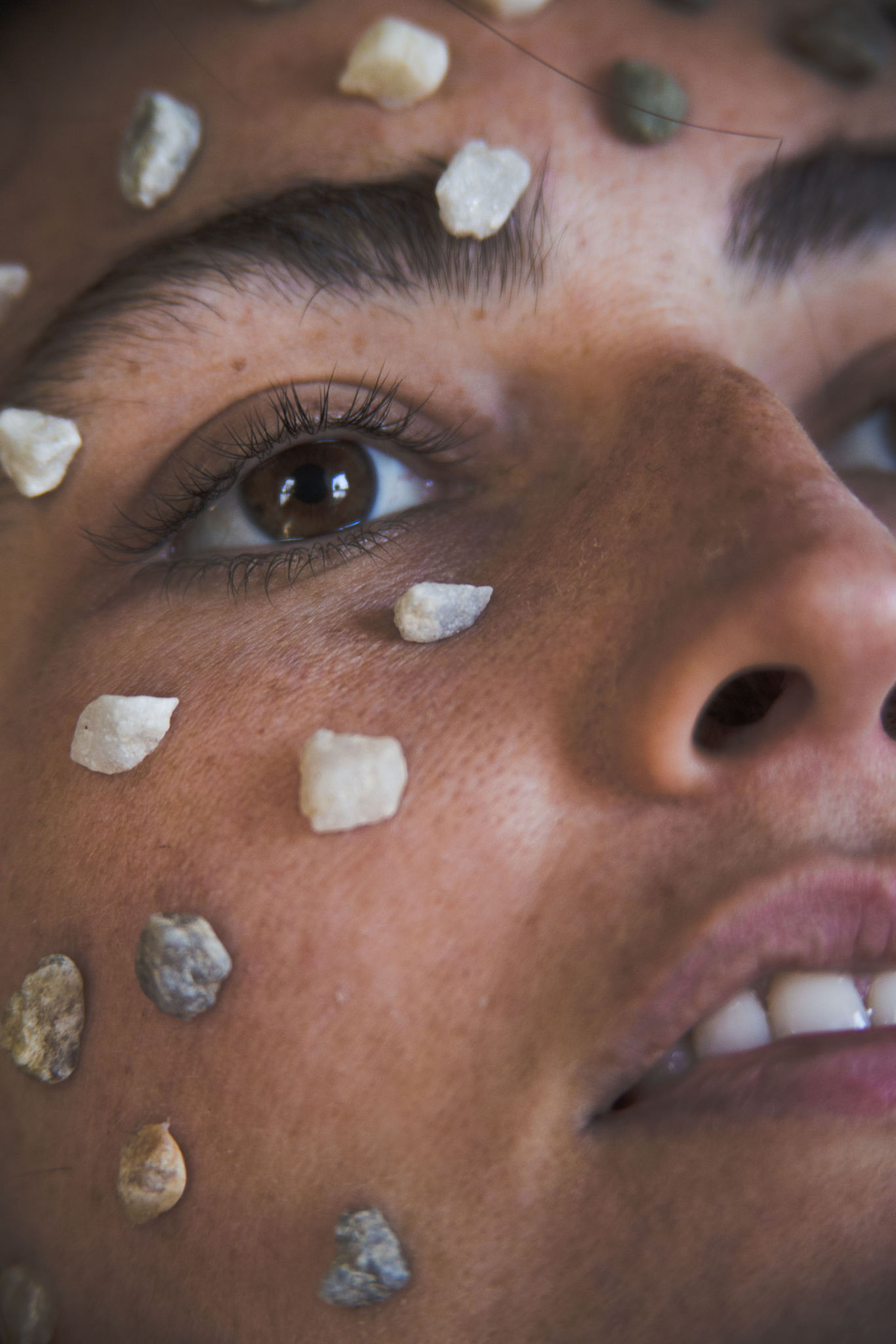
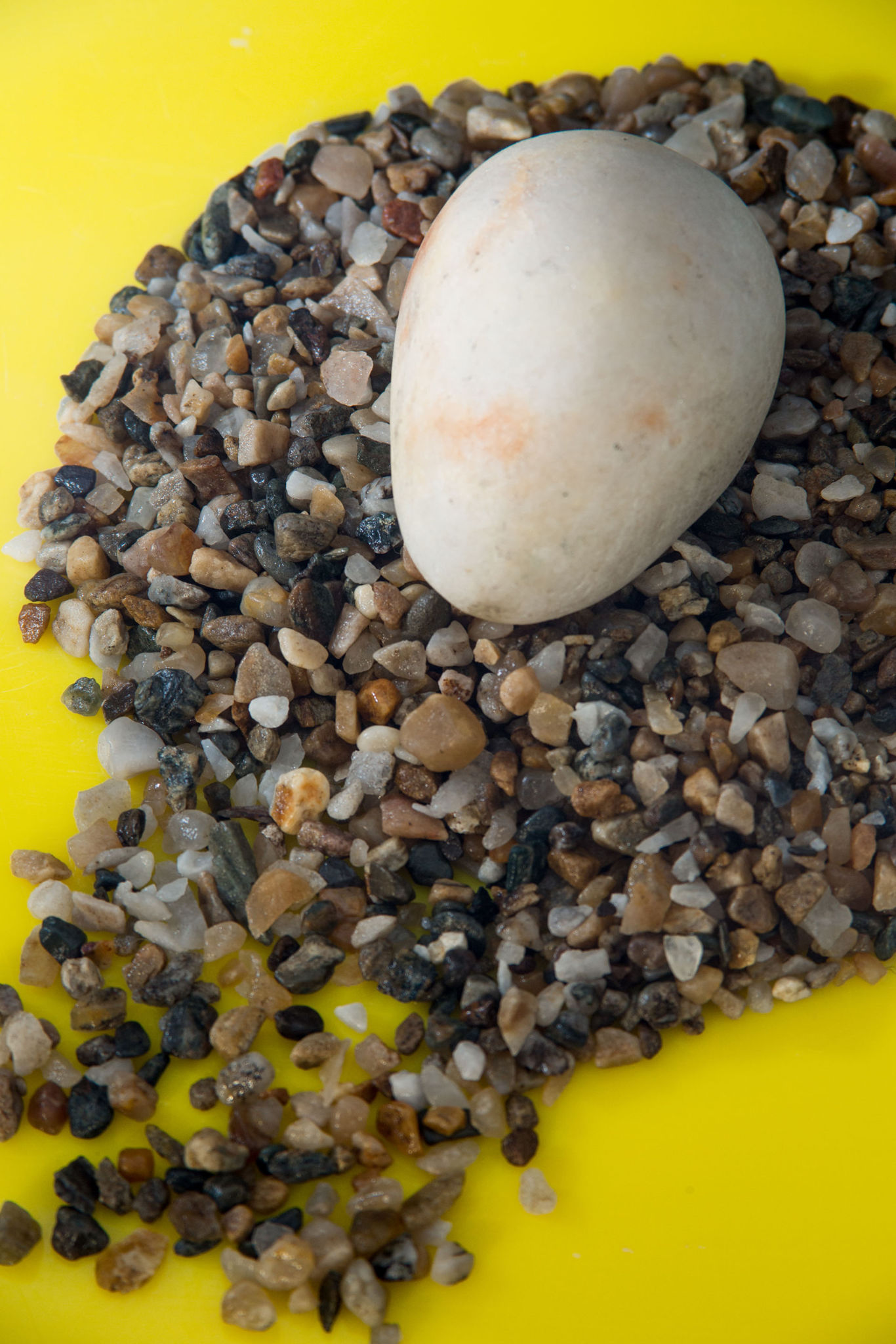
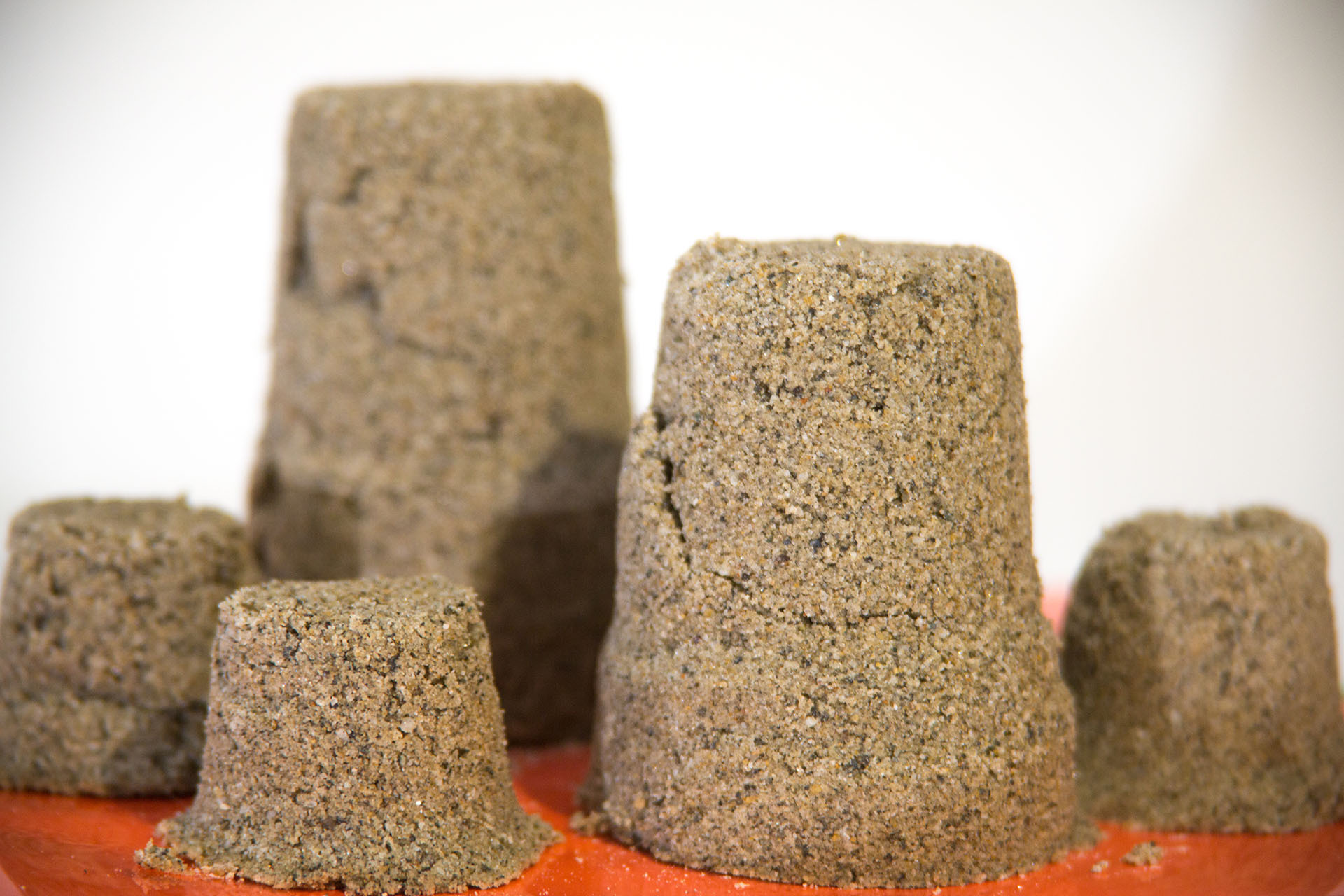
SAND
Sand is a granular material, finer than gravel and coarser than silt. Some primary sources for sand include quartz, feldspar, silica, and seashells, or coral also known as aragonite.
50 billion tons of beach and fossil sand is used to make concrete each year, making it a valuable and limited resource. The sand of the Sahara Desert is too fine to be useful in making concrete.
The Sand Reckoner by Archimedes is an ancient Greek text that attempted to gauge the amount of sand that would fill the universe and thus invented a method for quantifying exponentially large numbers.
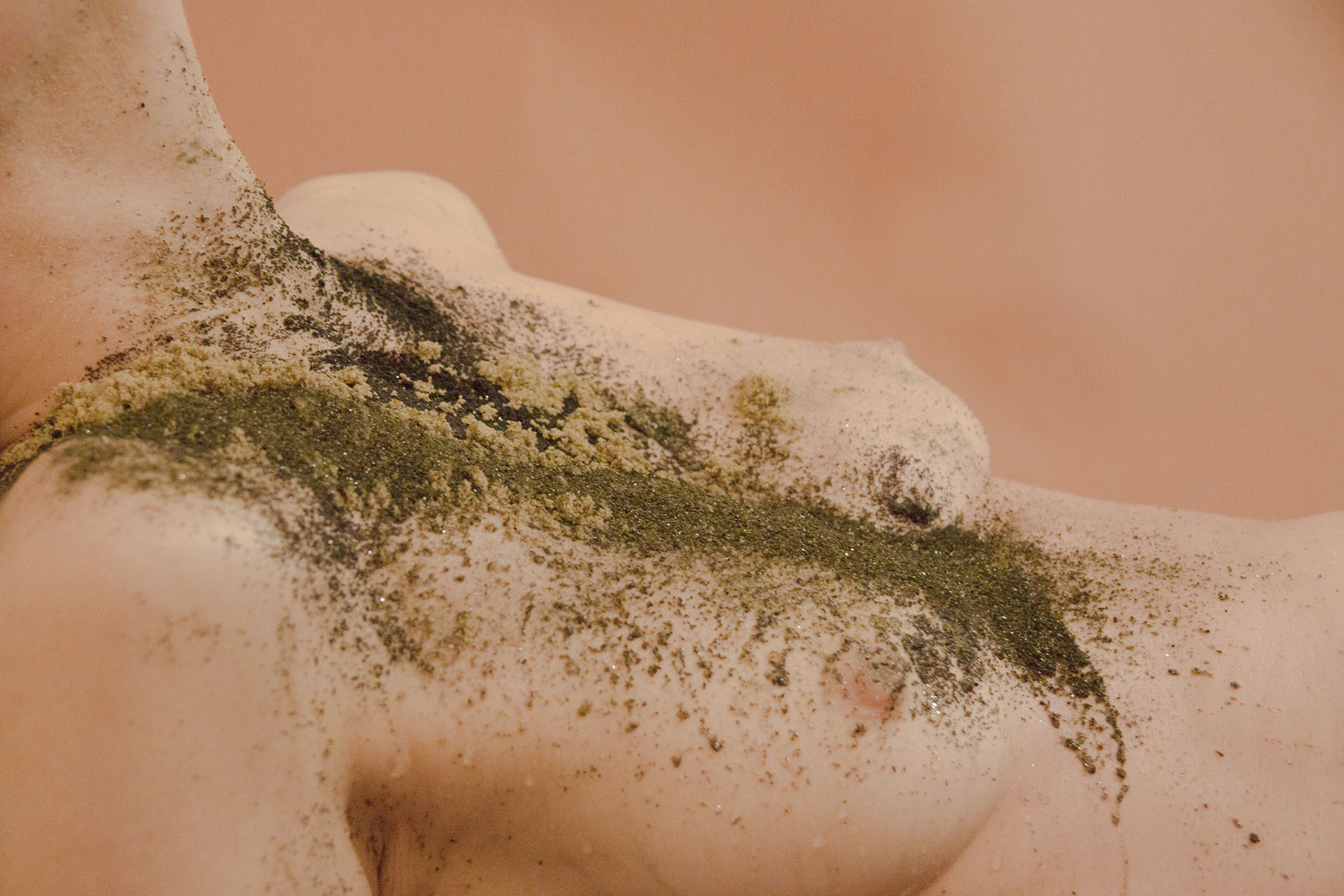
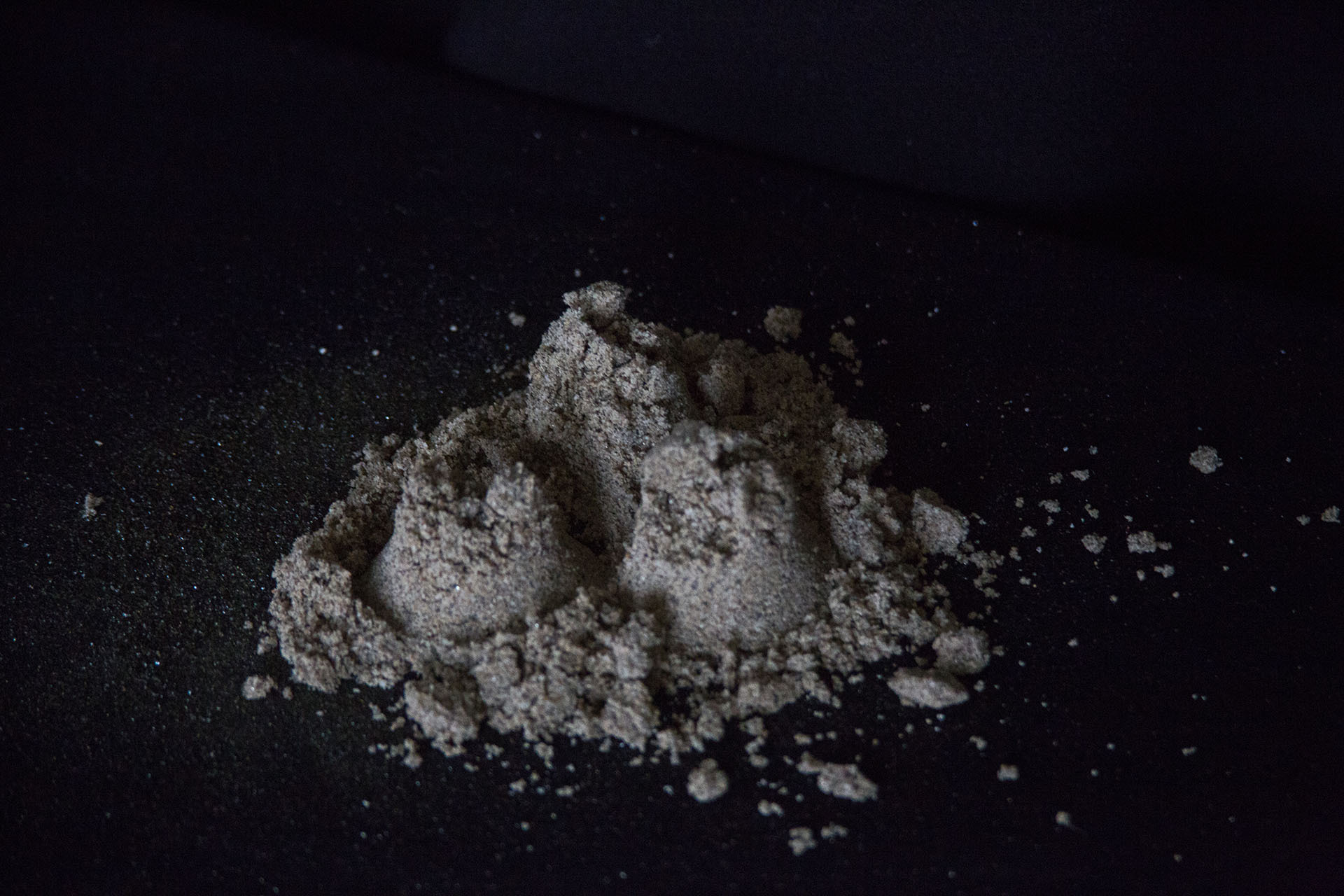
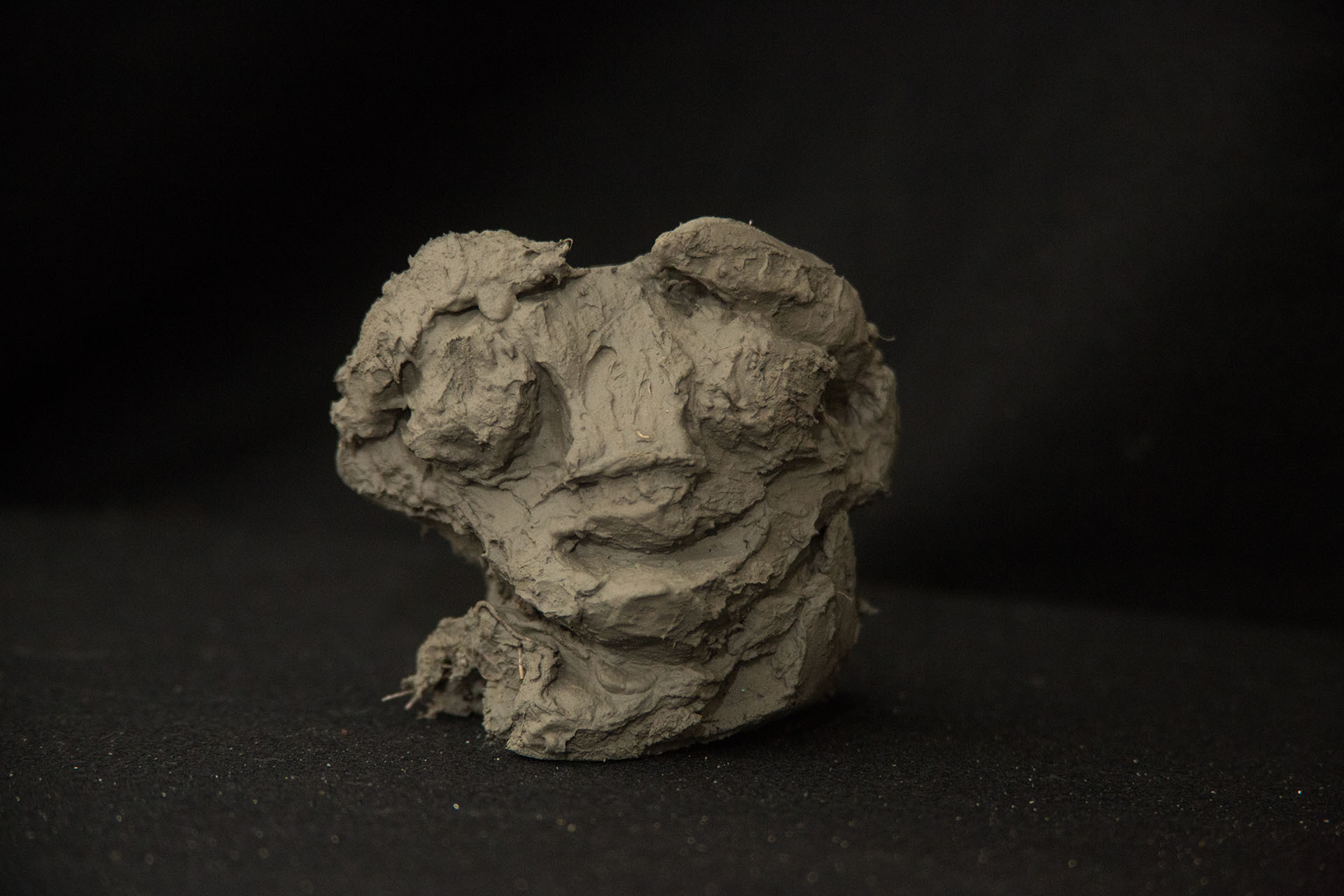
CLAY
Clay forms flat hexagonal sheets similar to mica, which makes the material permeable to water. When added to water, it becomes plasticized and malleable because of the smooth lattice of its molecular structure.
Different types of clay, when used with different minerals and firing conditions, are used to produce earthenware, stoneware, and porcelain. Clay is an essential part of building with loam.
Clay can hold a variety of minerals, some which have been used to treat upset stomachs, acne, and diarrhea.
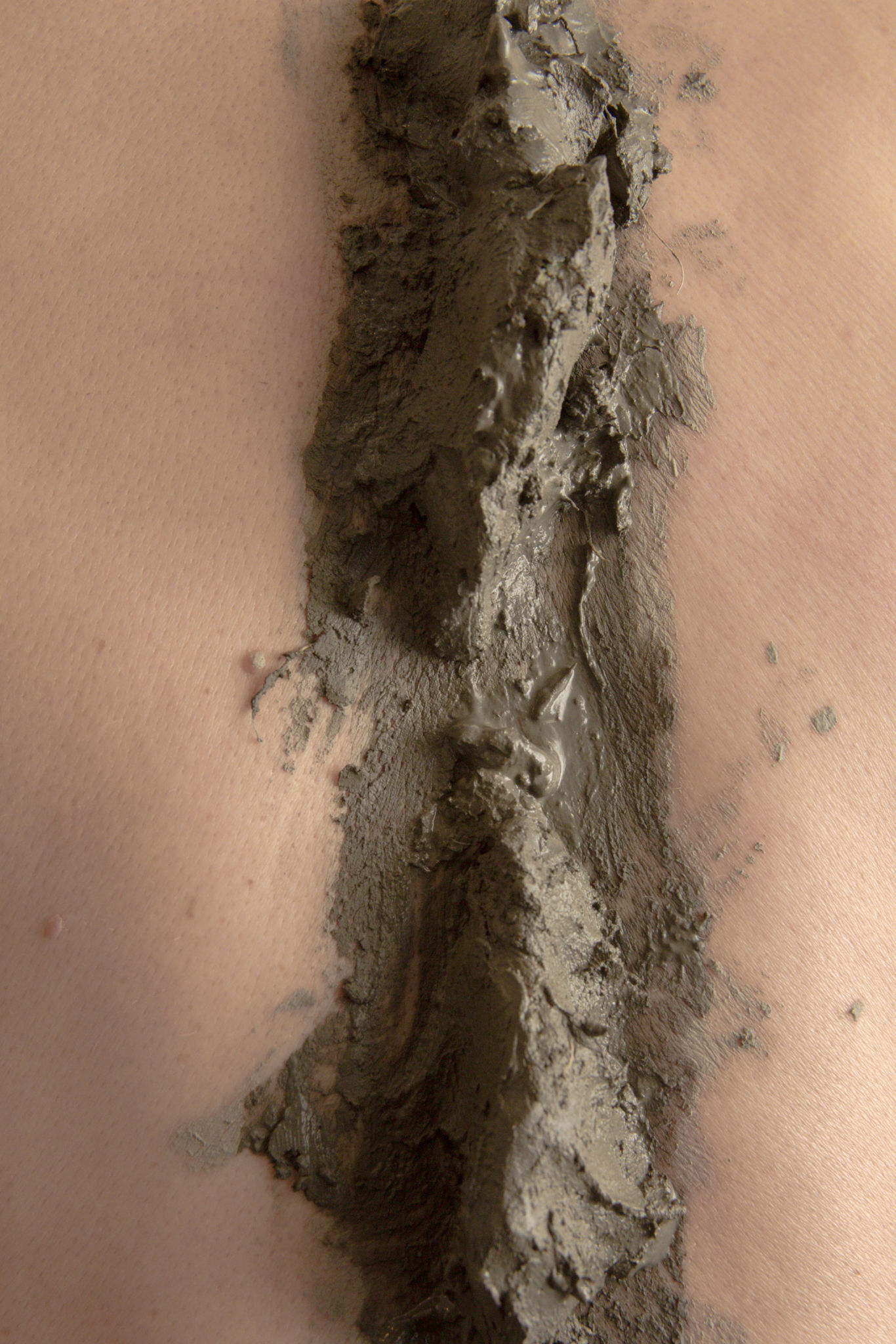

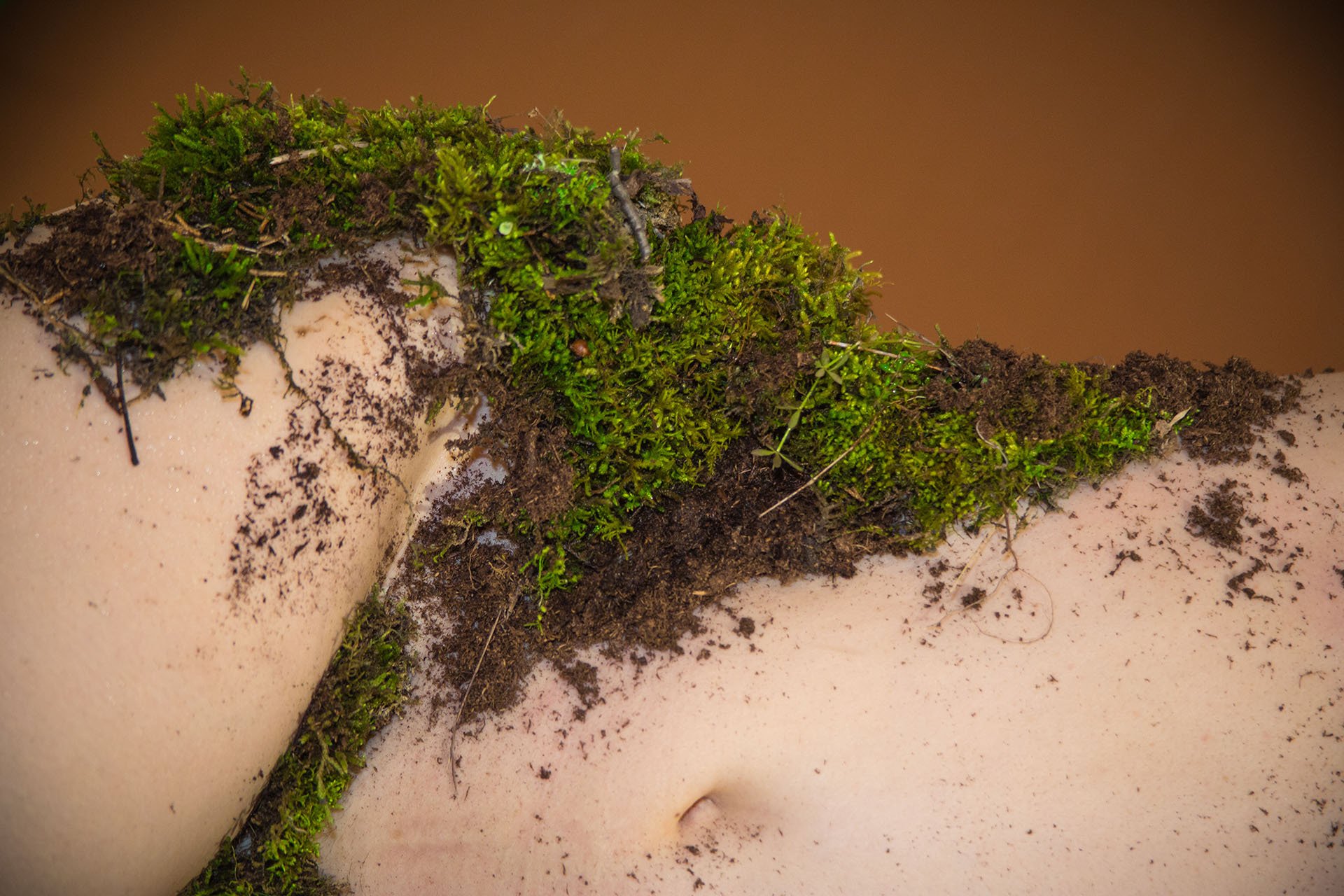
PEAT
Peat bogs make up 3 percent of the Earth’s land surface. They are water-saturated deposits of organic matter consisting of cotton grass and moss that die and layer on top of each other, pickling their older parts.
Peat was historically used as fuel, diapers, and to bandage wounds. Ancient bodies have been found perfectly preserved in peat moss bogs.
Today peat is used to remedy soil, filter wastewater, and flavor whiskey.
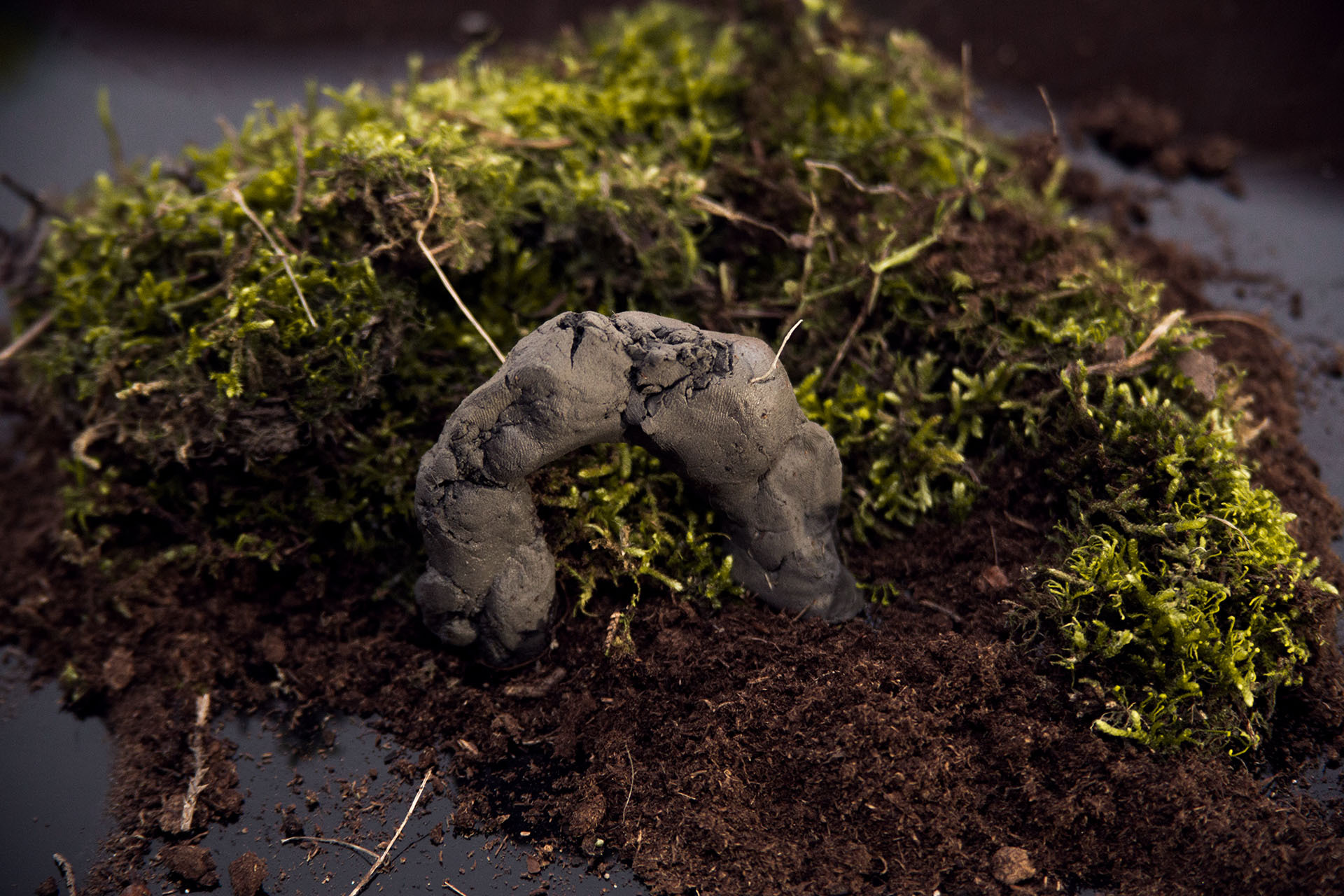
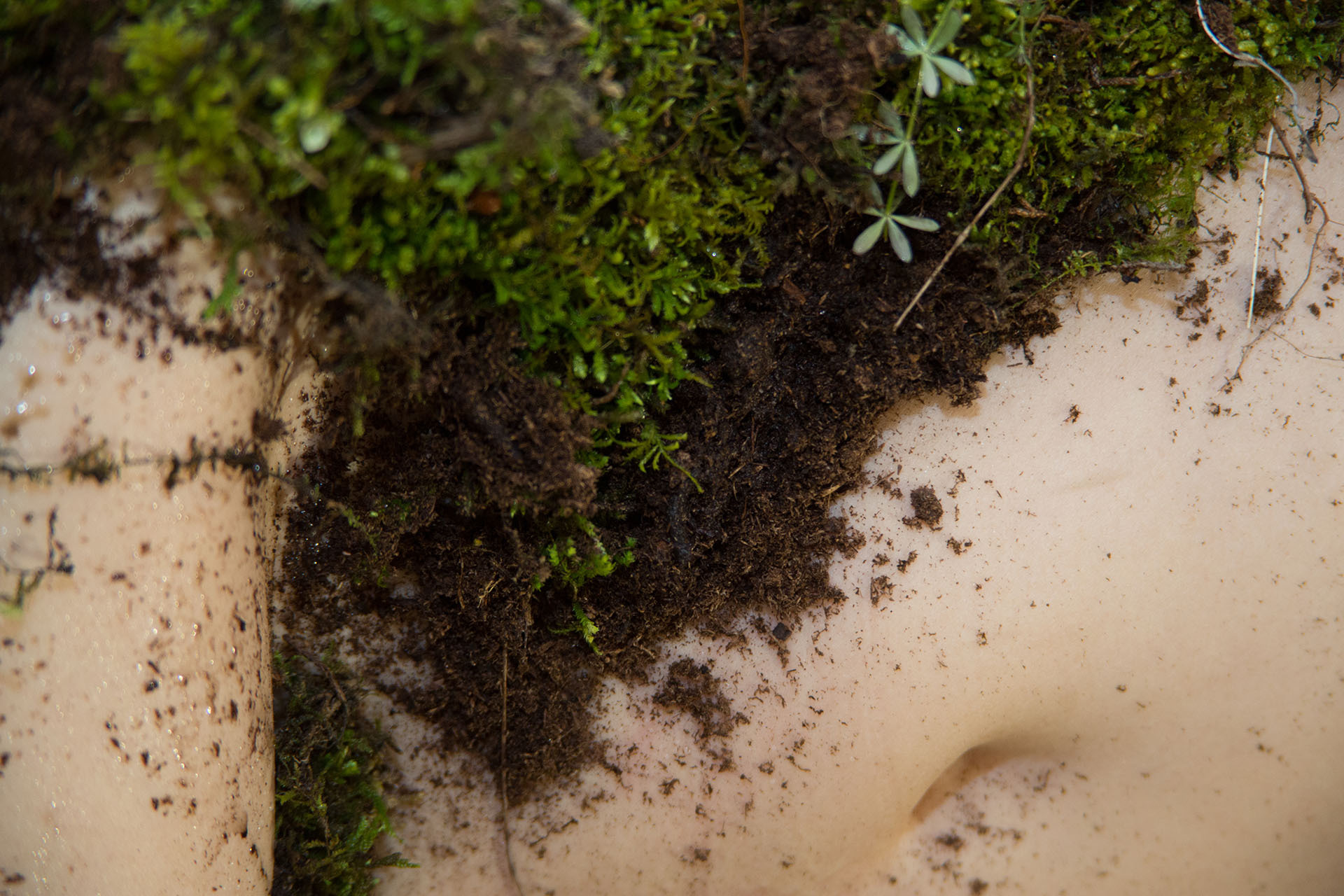
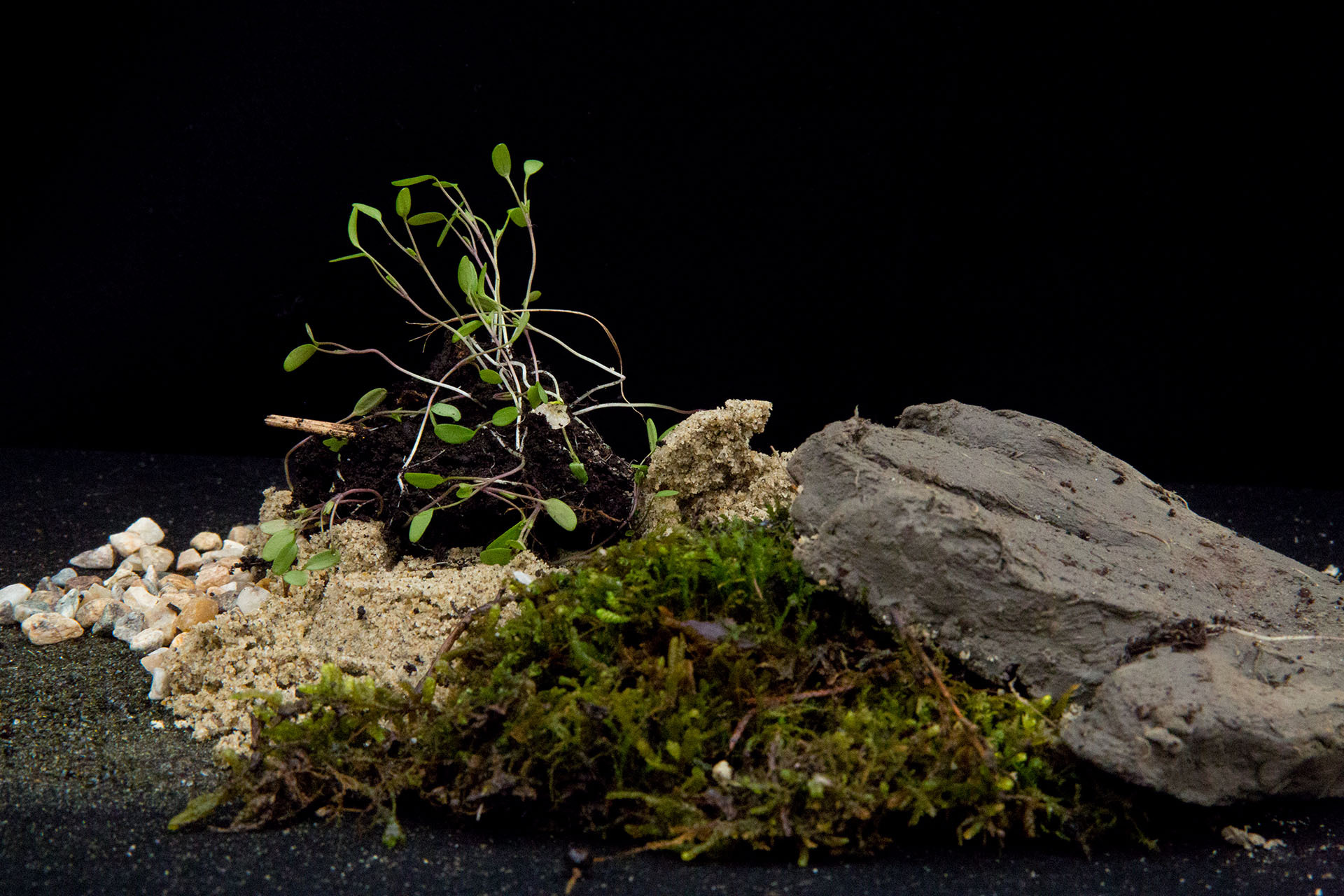
Munsell Soil Color Charts (Munsell Color)
Soil: Notes Towards The Theory and Practice of Nurture Capital (Slow Money Institute)
The World in a Grain: The Story of Sand and How It Transformed Civilization (Vince Beiser)
Angelina Dreem is an artist, photographer and farmer who explores opportunities for eco-connection and the redistribution of personal power. Her newest project is a pollinator garden on a horse sanctuary outside of Hudson, NY. Photography is how she documents life and is the one constant.